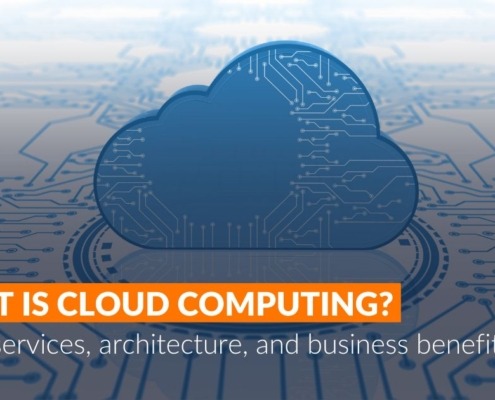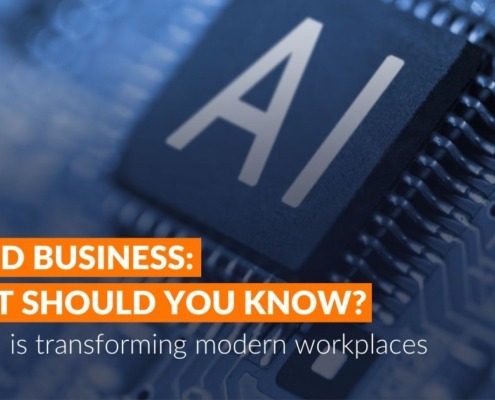Posts

Windows 10 End of Life
Infrastructure, News, Tips and RecommendationsWindows 10 support ends October 14, 2025. Learn what End of Life means, how to upgrade to Windows 11, and how IT Insights of Rochester can help your business stay secure and compliant.

What is Cloud Computing?
Business, Infrastructure, IT Services, Technology, Tips and RecommendationsLearn what cloud computing is, how it works, and why businesses are migrating to the cloud. Learn about industry-specific solutions from IT Insights.

AI and Business: What Should You Know?
Business, Technology, Tips and RecommendationsDiscover how AI is transforming business—from automation to real-time insights—and what it means for your team's productivity and success.

The What and Why of Wireless Networks
Business, Infrastructure, Technology, Tips and RecommendationsDiscover the essentials of wireless networks! Learn how they simplify connectivity, eliminate cables, and power your home or business network effortlessly.

IT Security Services Enhance Digital Protection (Part 2 of 4)
Business, Infrastructure, IT Services, Security, TechnologyDiscover pivotal IT security tools addressing phishing threats to protect end users. Mitigate risks, educate employees, and fortify defenses against cyber-attacks in this critical article.

IT Security Services Enhance Digital Protection (Part 1 of 4)
Business, Infrastructure, IT Services, Security, TechnologyManaged IT security services. Cost-effective cybersecurity consulting solutions for enhanced cybersecurity protection that reduce risk and remove worry from operations.

Project Management for IT Optimization
Business, Infrastructure, IT Services, Technology, Tips and RecommendationsDiscover the crucial importance of project planning and master IT project management best practices for success in the digital age.
